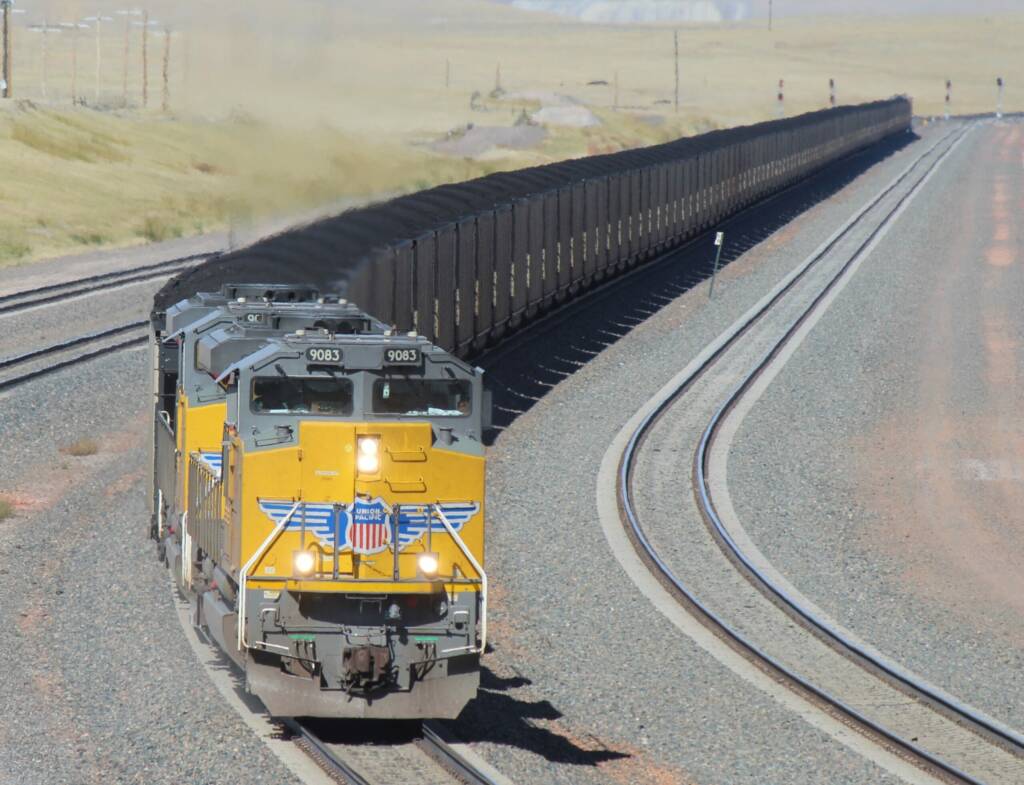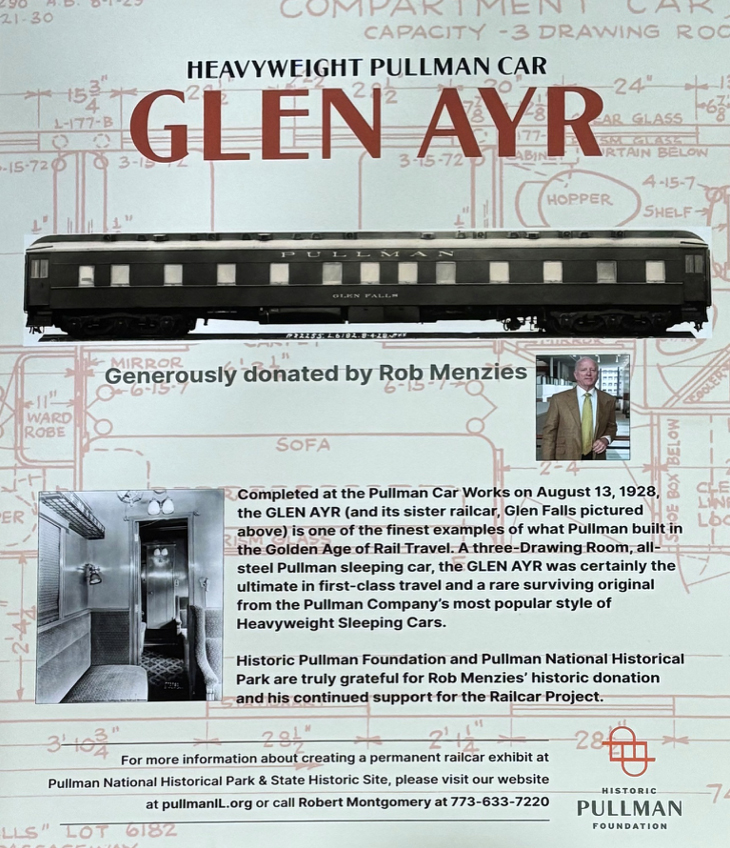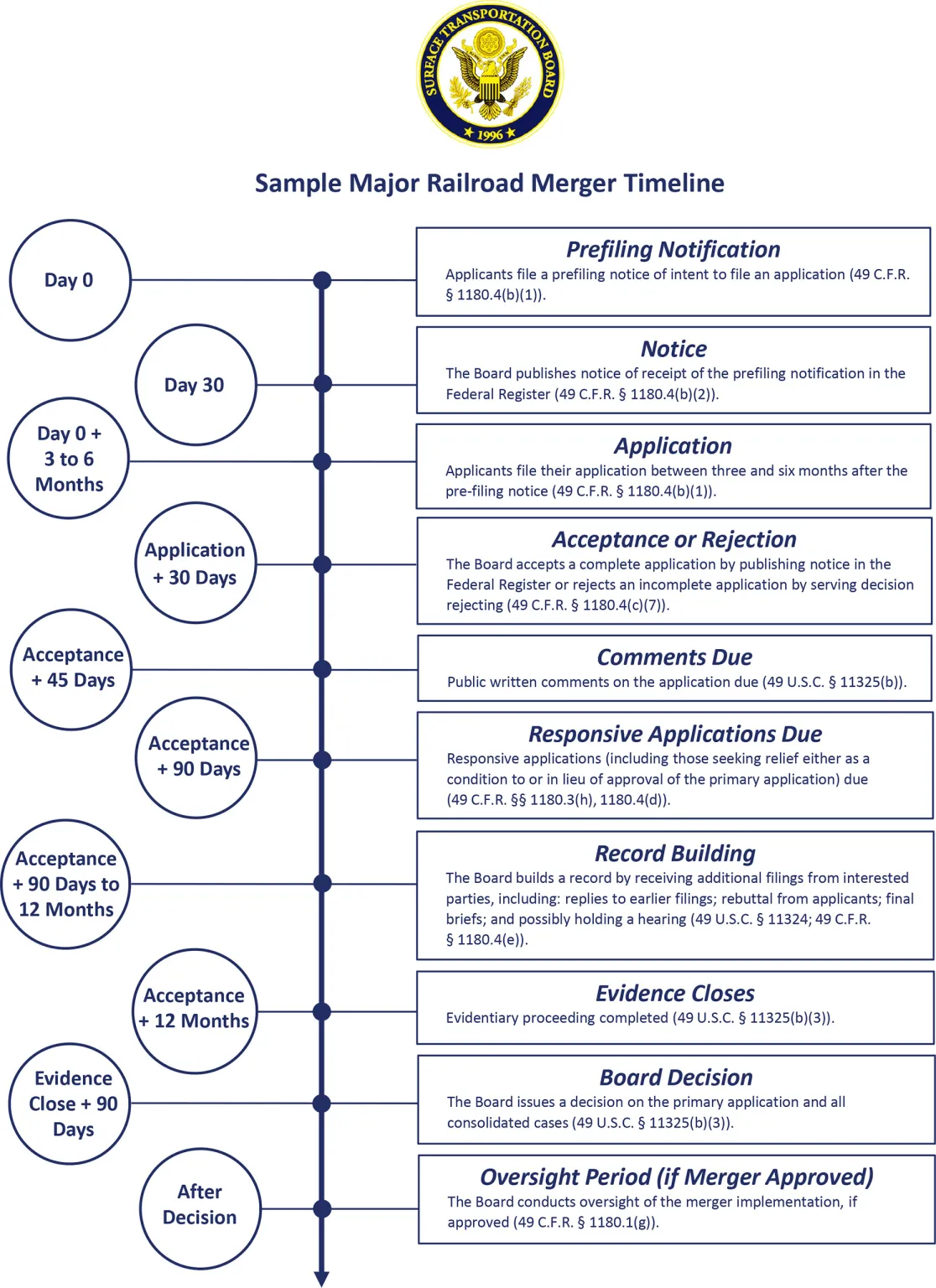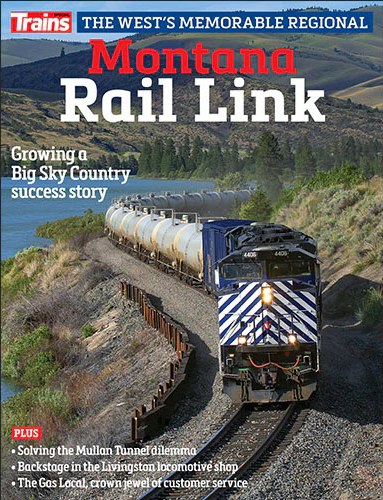
OMAHA, Neb. — Union Pacific reported record second quarter financial results this morning as surging coal volumes led the railroad’s traffic gains.
“We are delivering on our strategy and our results demonstrate our commitment to leading the industry as we set new standards for safety, service, and operational excellence,” CEO Jim Vena told investors and analysts on the railroad’s Thursday morning earnings call.
The railroad’s operating income increased 5%, to $2.5 billion, as revenue grew 2%, to $6.2 billion. Earnings per share rose 15%, to $3.15. The operating ratio was 59%, a 1-point improvement from a year ago.
Overall volume increased 4%, with growth across all three of the railroad’s business segments. Intermodal was up 1%, industrial products 3%, and bulk 11%, driven by a 31% increase in coal volumes.
Favorable natural gas prices and the start of service to the Sam Seymour Power Plant in La Grange, Texas, propelled the spike in coal volume, says Kenny Rocker, executive vice president of marketing and sales. BNSF previously held the power plant coal contract.
UP’s key operational and service metrics all improved for the quarter.
Velocity, measured by car miles per day, increased 10% to 221 thanks to lower dwell and higher average train speeds. Train length was up 2%, locomotive productivity 5%, and workforce productivity by 9% to a new record. The railroad’s injury and accident rates dropped for the quarter, although UP did not release precise figures.
Intermodal trip-plan compliance rose 5 points to 88%, while merchandise trip-plan compliance improved 10 points, to 74%.
“Our agility was once again on full display as we effectively handled a 30% surge in coal and renewable shipments, all while providing the service we sold our customers,” says Eric Gehringer, executive vice president of operations. “Ultimately, it’s another proof statement highlighting our robust and reliable service product, which is imperative as we strive to grow with our existing customers and unlock new markets.”
UP affirmed its financial outlook for the year despite ongoing economic uncertainty surrounding tariffs and trade policy and the strength of consumer spending.
“We expect coal volumes to significantly exceed last year’s levels,” Rocker says. The railroad also has a positive outlook on its industrial products business, due in part to new and expanded facilities coming on line on the Gulf Coast. Intermodal volumes are expected to be weaker than last year’s second half, when the railroad saw a tariff-driven surge in international volume from West Coast ports. Softer vehicle sales, meanwhile, will hurt automotive volume.














My guess – “Wall Street” believes the NS will benefit from a merger while UP will not, at least with NS anyway. It may be from NS not achieving after 40 years the corporate quality that was present in predecessors N&W and Southern. NS was started with great promise – “the two best railroads merge” as TRAINS put it at the time of the merger. Not so now.
Will someone much more savvy than I am please explain why UP stock is down about $5.00 just now, despite this news, and UP had trended downward since the possible merger news surfaced, while NS has surged?
Usually when a merger is announced the stock of the acquired company goes up because the buyer is paying 10-50 % over the prior price while the acquiring company’s stock goes down. Usually the buyer is overpaying and historically ,most mergers have not been particularly beneficial to the acquirer. The UP in particular has had a very poor record in managing mergers; the UP-SP merger was a national disaster as the network collapsed.